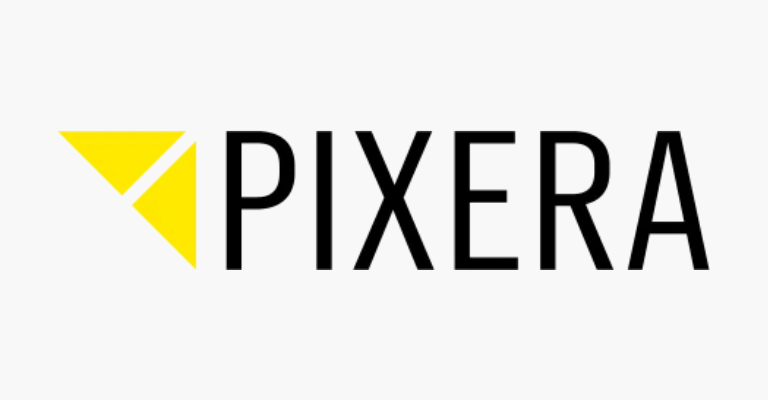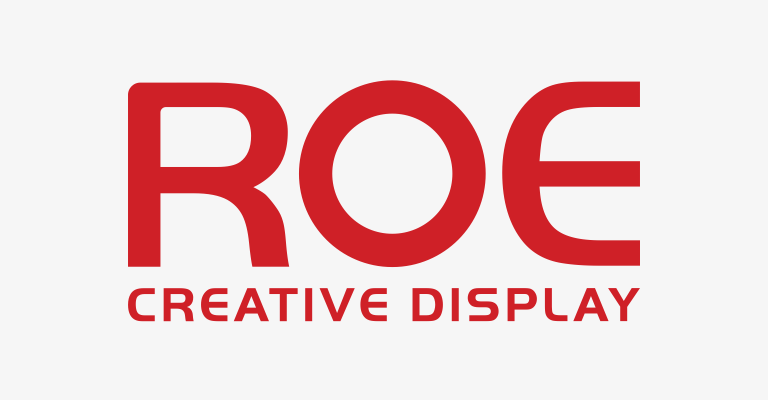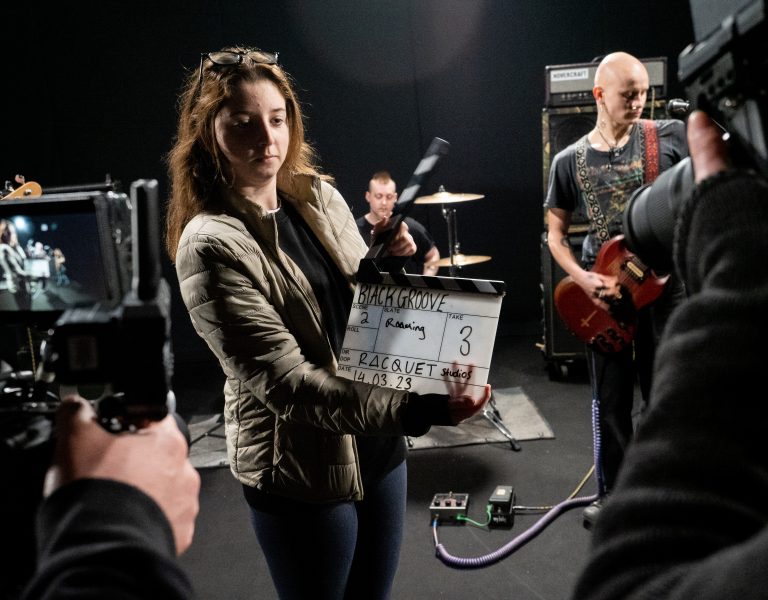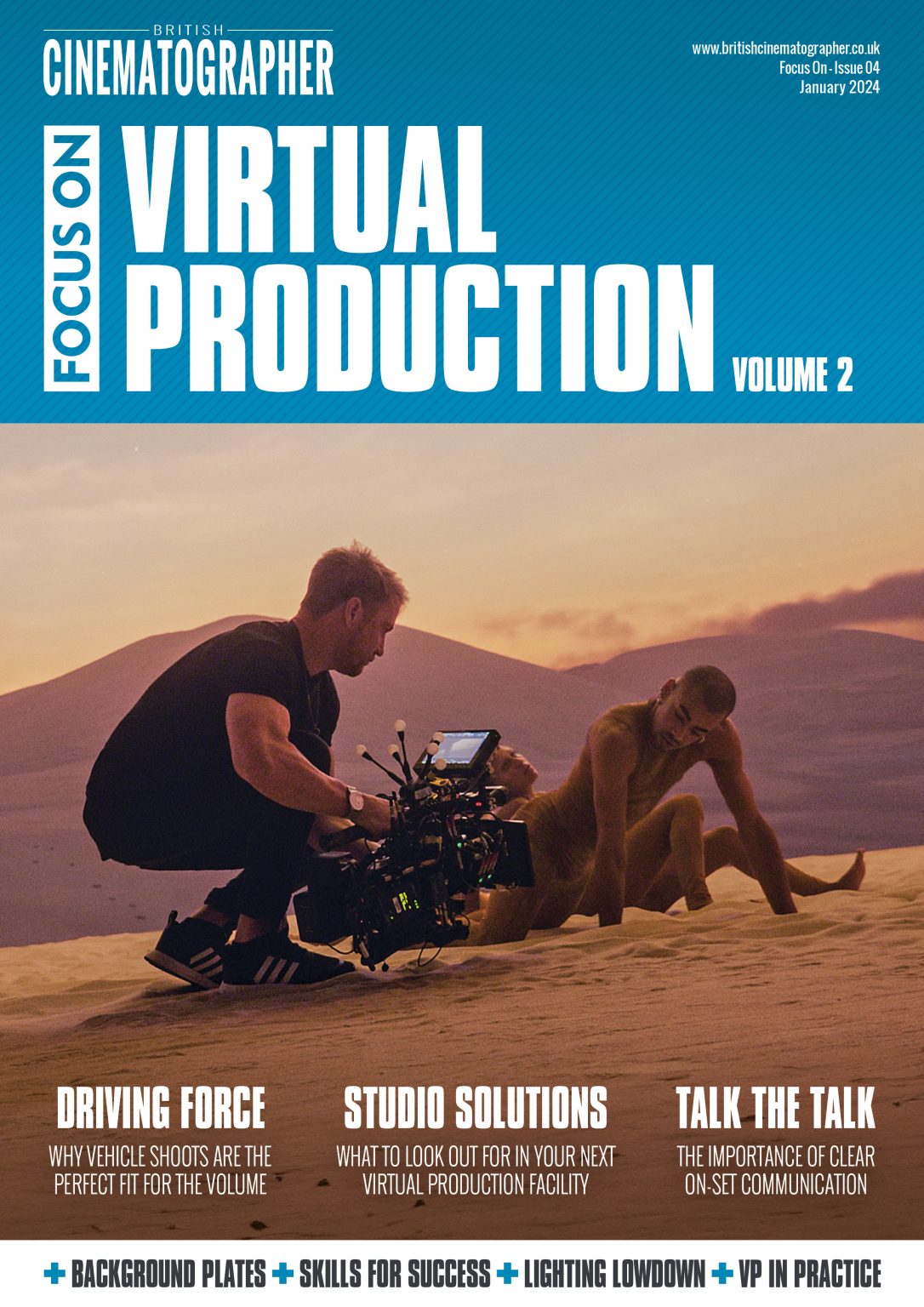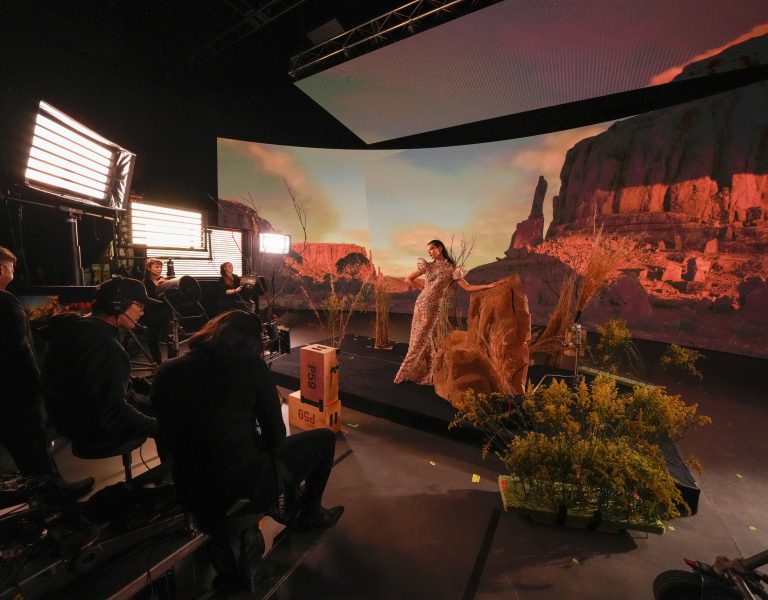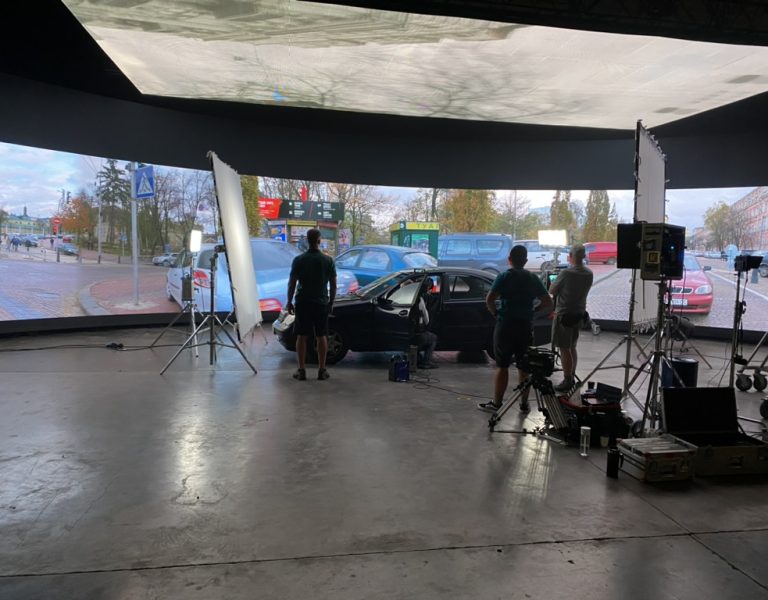Integrating LED walls in virtual production has brought a transformative shift in the filmmaking industry. Integrating the LED wall and managing colour rendering, accuracy, and consistency is paramount for film production. Visuals that look great on your monitor during the design process can look different on the actual LED screen, which is essential in any film or studio environment where the DP and the colourist want to see their creative idea of the look and feel of a movie translated in how this is captured on camera.
There are many reasons why colours don’t match your intentional ideas or content and why it’s so challenging to translate colours from one screen to the other or from the set to the camera. This article explores the intricacies of managing colour in virtual production, considering the alignment of the graphics engine’s input, the LED wall and LED processor’s output, and the on-camera capture. Understanding the complexities of this process is essential for filmmakers aiming to harness the full potential of LED walls in virtual production.
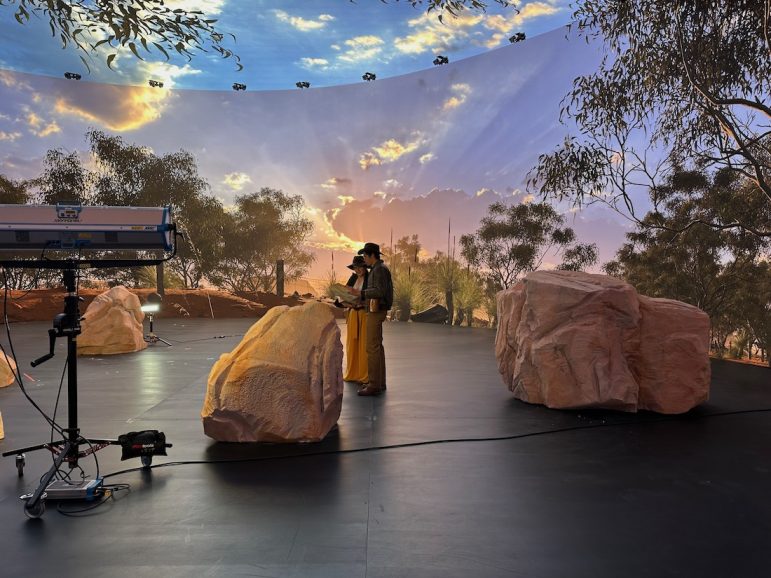
Colour rendering and accuracy are fundamental in cinematography. Ensuring that the colours within the virtual environment accurately represent the intended vision is paramount in virtual production. Achieving this requires a meticulous approach at every stage of production.
Graphics engine output
The graphics engine generates the virtual environment displayed on the LED wall. The colours output by the graphics engine must be calibrated to match the artistic intent. Colour profiles, colour spaces, and gamut should be configured to render the desired colours accurately. In addition, the larger the colour space of your LED wall, the easier it is to match the input and final output.
LED processor calibration
The LED processor translates the graphics engine’s output to the LED wall. The processor must include colour correction and accuracy to match the LED’s spectral characteristics and white balance.
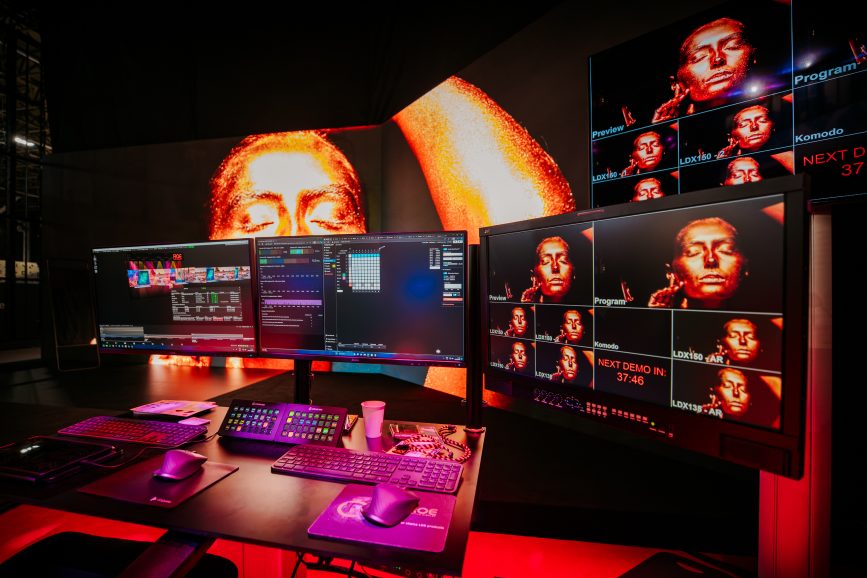
LED wall characteristics
The LED wall itself plays a crucial role in colour rendering and accuracy. Understanding the characteristics of the LED panels, such as colour temperature, colour gamut, colour space, and spectral response, is necessary to ensure the LED wall faithfully reproduces the colours intended by the graphics engine. ROE Visual LED panels produce very accurate colours in a wide colour spectrum due to a selection procedure that selects the best LEDs from each produced LED bin.
Achieving colour consistency
Maintaining colour consistency throughout the virtual production workflow is vital to creating a cohesive final product. Colour discrepancies can lead to issues in post-production and detract from the overall visual quality.
Camera calibration
Calibrating the camera to match the LED wall’s output and the desired colour rendition is essential. This involves adjusting camera settings such as white balance, gamma, and colour profiles to match the virtual environment. Recording your footage in ‘raw’, using the full camera quality, would enable you to push the recordings back to, for example, 709, in post-production to match the screen.
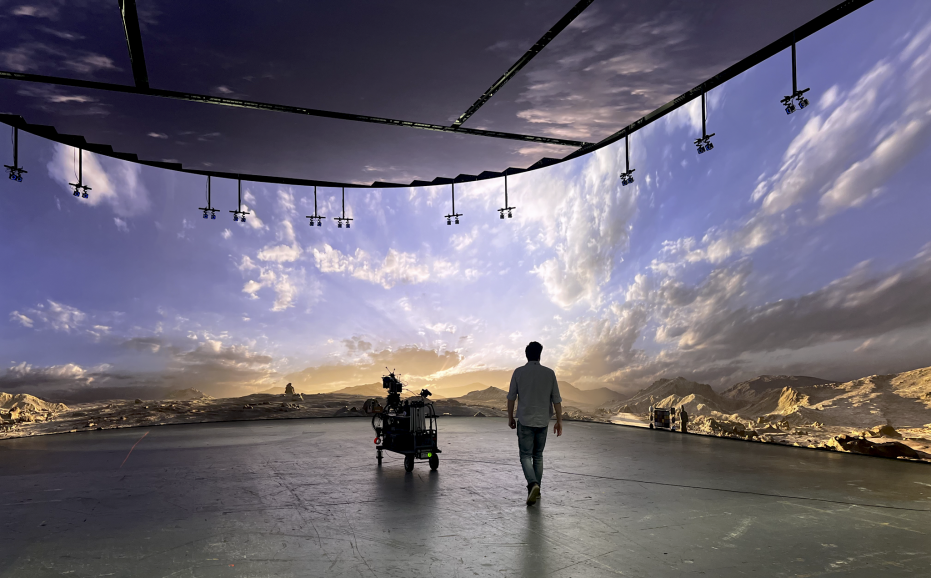
Practical considerations
Several practical considerations must be taken into account during a virtual production to achieve optimal colour rendering, accuracy, and consistency:
- Colour Management Workflow – Implementing a well-defined colour management workflow is critical, meaning you should include consistent colour profiles, calibration standards, and colour correction tools throughout the production pipeline. Both Brompton and Megapixel LED processors can output a colour report of the accuracy of the LED wall. By choosing a processor that offers this option, you can select a colour spectrum in which the LED has a high degree of accuracy. Knowing the exact gamut of your LED panels will help you find the best performance while maintaining accuracy.
- Test Shots and Pre-Visualisation – Conducting test shots and pre-visualisation is crucial for identifying and addressing colour inconsistencies. It will help validate your workflow early in the production process, allowing for adjustments to the graphics engine, LED processor, and camera settings to ensure colour accuracy.
- Colour Charts and References – Using colour charts and references in the virtual environment can aid in calibrating and verifying colour accuracy. These references help ensure that the virtual and real elements match seamlessly.
- Always use a calibrated monitor – Being able to see the exact camera output is paramount. The image quality should be judged by the actual on-camera output, not on secondary outputs such as the LED screen or the graphics engine display.

Challenges in achieving colour precision
Despite the meticulous planning and calibration, there are challenges in achieving colour precision in virtual production.
- Real-Time Adjustments -The dynamic nature of virtual production often requires real-time adjustments to the LED wall’s output, which can introduce difficulties in maintaining colour accuracy and consistency. Calibration and monitoring tools are essential to address these challenges.
- Limitations of LED Technology – While highly versatile, LED technology may have limitations in colour rendering, particularly in achieving highly saturated or nuanced colours. Filmmakers must be aware of these limitations and make artistic decisions accordingly.
RGB-W LED panels
RGB-W is a specific configuration of LEDs used to create different colours and to achieve a broader range of colour temperatures, mainly in the context of lighting applications, now translated into an LED panel.
RGB (Red, Green, Blue) are the primary colour LEDs. By varying the intensity of these three colours, a broad spectrum of colours can be produced, allowing for full-colour mixing and control, perfect for in-camera pixels. By adding W (White), you can provide a dedicated white light source. This white LED typically emits a warmer tone of white light, similar to daylight. By blending this white light with the RGB colours, the LED panel can achieve a broader range of colour temperatures, from warm to cool, creating a more versatile and accurate lighting source that contributes to more natural skin tones.
ROE Visual has developed an RGB-W LED panel. RGB-W LED panels offer greater flexibility in creating the desired colour temperature while maintaining colour accuracy. Combined with Brompton’s LED processing innovation TrueLight, you can achieve unparalleled control and precision, balancing colour and white light in your LED panel. By incorporating white LEDs into the traditional RGB spectrum, TrueTone allows for a broader range of colour temperatures, superior colour accuracy, and seamless transitions between warm and cool lighting. Creating true-to-life colours and natural lighting, setting a new standard in the realm of LED panel technology.
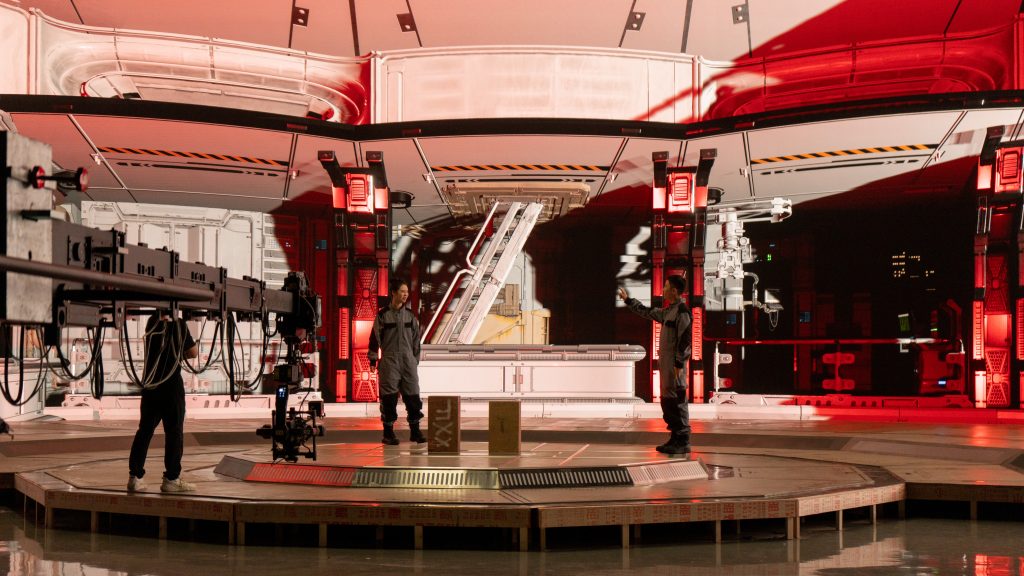
Conclusion
In the era of virtual production, achieving colour rendering, accuracy, and consistency is a multi-faceted challenge. The interplay between the graphics engine, LED processor, LED wall, and on-camera capture requires meticulous calibration, colour management, and a keen eye for visual fidelity. On-set lighting is another essential factor in your whole workflow, an issue we haven’t touched upon in this article but certainly requires consideration.
While challenges exist in maintaining colour precision, the potential for breathtaking visual storytelling through LED walls in virtual production is unparalleled. By understanding the complexities and nuances of colour management, filmmakers can unlock the full creative potential of this transformative technology.
–
Want to know more? Talk to our specialists! www.roevisual.com/contact
–
This article is sponsored by ROE Visual.







